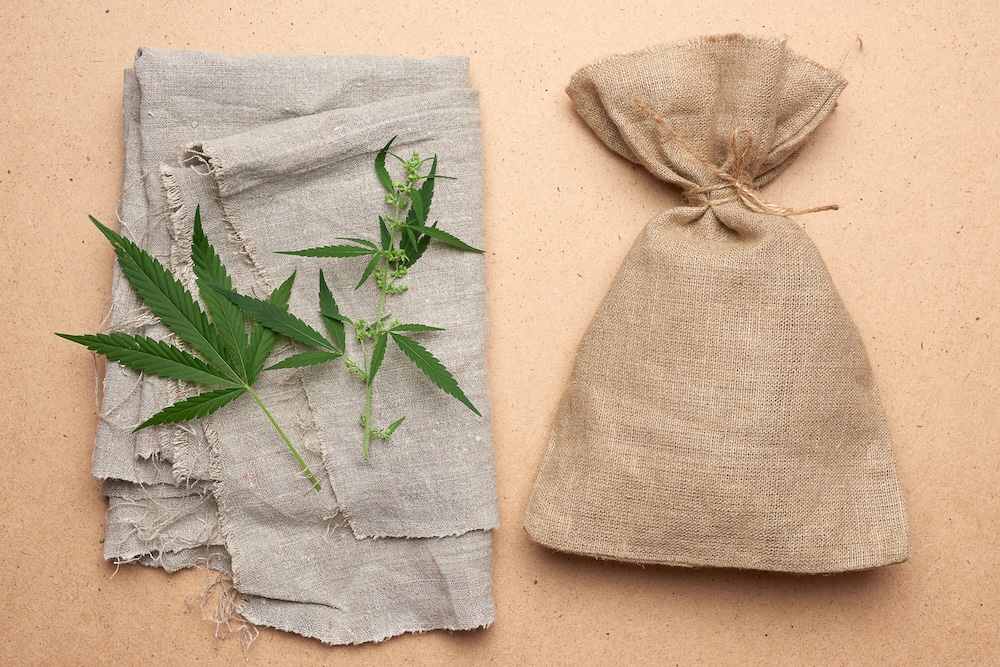Nature doesn’t waste — it reinvents.
Every organism, every structure, every cycle in the natural world is part of a seamless loop of regeneration.
As industries search for sustainable alternatives to plastics, foams, and synthetic fibers, nature’s own design systems — mycelium, hemp, and algae — are showing us the blueprint for a circular future.
These materials aren’t new inventions; they’re ancient technologies perfected by time.
And now, humanity is learning to collaborate with them — not just extract from them.
Mycelium: The Root Network That Builds Itself
Beneath every forest lies a living internet — mycelium, the thread-like structure of fungi that connects plants, trees, and soil in an intelligent exchange of nutrients and information.
Today, designers and scientists are harnessing mycelium’s ability to grow into any shape using agricultural waste and minimal energy.
- Packaging: Companies like Ecovative and Dell use mycelium-based packaging that biodegrades in weeks instead of centuries.
- Architecture: Startups are experimenting with mycelium bricks, which are lightweight, insulating, and compostable.
- Fashion: Brands such as Bolt Threads have created Mylo™, a mycelium leather alternative that mimics the feel of animal leather without cruelty or plastic.
The beauty of mycelium lies in how it works with time.
It grows, dies, and returns to the earth — perfectly circular by design.
Hemp: The Plant That Does It All
Few materials have as many uses — or as misunderstood a history — as hemp.
Once outlawed and stigmatized, hemp is now being rediscovered as a regenerative powerhouse.
- Carbon Sequestration: Hemp absorbs more CO₂ per hectare than most forests.
- Soil Health: It replenishes nutrients and prevents erosion, leaving farmland healthier than before.
- Versatility: Hemp can become textiles, bioplastics, building materials, and even sustainable fuel.
Hemp fibers are naturally durable and breathable, requiring no synthetic pesticides and far less water than cotton.
In a world of fast fashion and fossil-derived fabrics, hemp is a reminder that real innovation often means returning to what nature already solved.
Algae: Turning Pollution into Production
While plastics choke our oceans, algae could clean them — and replace the very materials that cause harm.
Algae grows rapidly in water, consumes CO₂, and releases oxygen. It can be turned into bioplastics, textiles, dyes, and biofuels.
- Textiles: Companies like Vollebak and AlgiKnit are pioneering clothing made from kelp and seaweed fibers that biodegrade safely.
- Packaging: Algae-based plastics break down naturally without releasing microplastics or toxins.
- Energy: Algae biofuel could reduce reliance on oil, capturing carbon in the process.
Algae is one of the few materials that can reverse environmental damage as it’s produced — a rare example of true regenerative potential.
The Circular Advantage
What unites mycelium, hemp, and algae is that they’re self-renewing, low-impact, and compatible with circular design.
Unlike synthetic materials that degrade with each reuse, these natural systems can cycle indefinitely through biological processes.
They fit seamlessly into the biological cycle of the circular economy — materials that return safely to the soil, supporting new growth instead of suffocating it.
The Challenge of Scaling Naturally
Despite breakthroughs, natural materials face barriers:
- Production costs remain high.
- Infrastructure is still built for linear manufacturing.
- Consumer education is limited — many still associate “bio-based” with fragility or luxury pricing.
Yet progress is accelerating. Major brands like Adidas, Stella McCartney, and Hermès are already incorporating mycelium and algae-based materials into mainstream collections — signaling that circular materials are moving from niche to norm.
Final Thoughts
Nature has always been the most advanced designer.
It doesn’t waste, overproduce, or leave anything behind.
By embracing materials like mycelium, hemp, and algae, we aren’t just finding sustainable alternatives — we’re learning to build like nature does: intelligently, adaptively, and in harmony with the planet that sustains us.
The future of materials isn’t synthetic — it’s symbiotic.









Reader Interactions